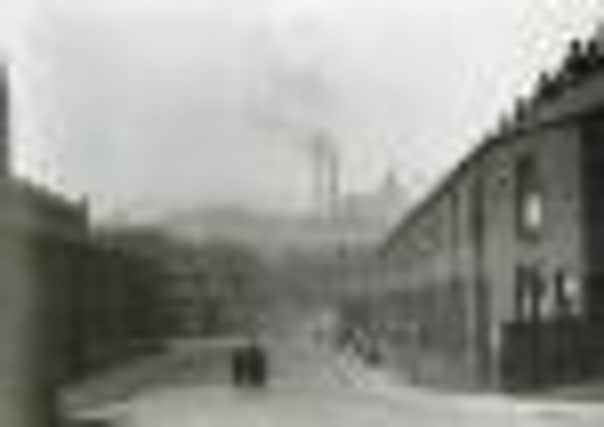Ian Clayton writes for the Express - Memories of community’scharacters


The Express reported in July 1972 that 23 houses were now empty and awaiting demolition and that the last surviving shop in Tanshelf had closed.
Mrs Minnie Holmes bought the little shop on the eve of the Second World War from her sister and for the next 35 years ran it single-handedly, opening every day at 8am and shutting the front door at 8 in the evening. Mrs Holmes’ husband worked as a storeman for Pontefract Corporation and they both headed off for a well deserved retirement to a house up Churchbalk Lane.
Advertisement
Hide AdAdvertisement
Hide AdI wrote recently about the importance of a sense of place. This feeling of knowing where you’re from, which helps us to know where we are going is something I do a lot of thinking about.


I was re-reading a little book that the Yorkshire Art Circus published nearly 25 years ago called “Down Tansh”.
It’s a lovely publication that tells the stories of a now scattered community. It talks of being close knit, of being helpful towards neighbours, of house, home, family, local characters and all that good stuff.
Tanshelf was a series of terraced rows built in the Victorian era and clustered around Stuart Street, now Stuart Road, with old fashioned names like Nutt Street and Cobourg Street. Stuart Street itself was named after Stuart Lowden, a local property owner and onetime mayor of the town.
Advertisement
Hide AdAdvertisement
Hide AdTanshelf for the most part is gone now, but still has resonance.
Places like that are not just bricks and mortar, they live and breathe in the stories that people tell. So when people talk about hanging washing across Princess Street, or lying awake listening to the gossip coming up from the queue at Pugh’s fish and chip shop, or running to put a bet on with Percy “Blood” Smith, it’s almost as good as having a little film of it, a picture of history if you like.
Then there’s the characters that roamed these places, Lil Pruss, pushing a pram to the pawn shop and collecting coal from the stacks to keep neighbours warm, Charley Machin and his tingalari and Jack Holmes who once fetched two geese back on the bus from Selby market, then later when he became deputy mayor, organised for the council’s Rolls Royce to pick him up in the backs down Chatburn Avenue.
Where have all these characters gone? What happened to Mrs Walker from Duke Street, a big woman who organised the gangs of ladies who went pea pulling at Womersley and Kellington?
Advertisement
Hide AdAdvertisement
Hide AdWhat happened to the baby Mickey Bacon’s wife had on coronation night? But most of all what happens to the sense of community that these places once had, when everything gets dispersed? And then what happens to what’s left?
It’s hard to imagine now, when you stand against the squash club and look down the hill, that once there was a community teeming with life, a place where dads mended punctures, mams nursed grazed knees and insurance men wore trilbys and leather gloves when they did their weekly calling. Where does it all go?
If anybody has any thoughts on what makes community spirit and would like to share their ideas I’d love to hear from you.
Perhaps you once lived on the gloriously named “Nutt” Street and have a tale to tell.
Advertisement
Hide AdAdvertisement
Hide AdI’ll leave the closing words this week to one of the contributors to the “Down Tansh” book. “It was like breaking up a family. The community spirit was so strong, that the only way they could end it was to pull it down street by street.”